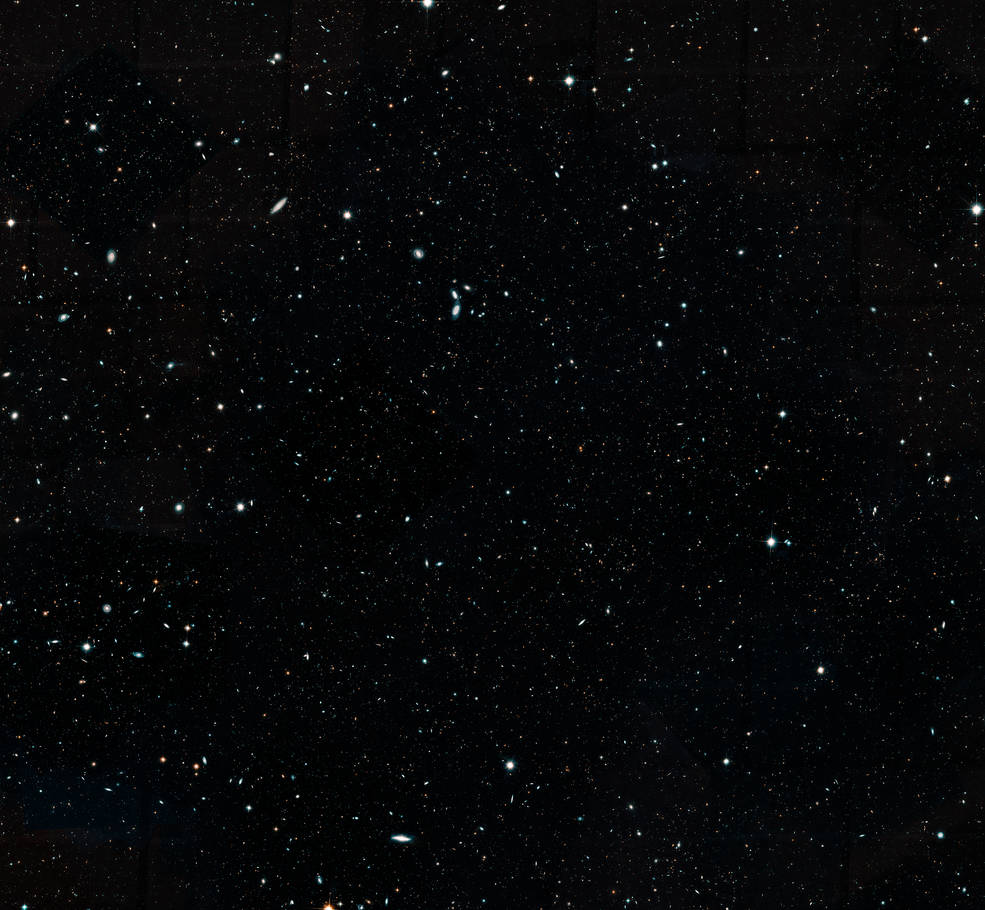I feel so grateful to have grown up during the Hubble Era. I might not be the lover of space I am (or even a scifi writer)* if not for the inspiration Hubble's images provided over the years.
*Okay, I'd probably be both no matter what. But the images have still been amazing!
And on that note, to celebrate the 35th anniversary of Hubble’s launch, NASA has released 4 stunning new images. You can read more about Hubble’s mission and the new images here: https://science.nasa.gov/missions/hubble/nasa-celebrates-hubbles-35th-year-in-orbit/





















